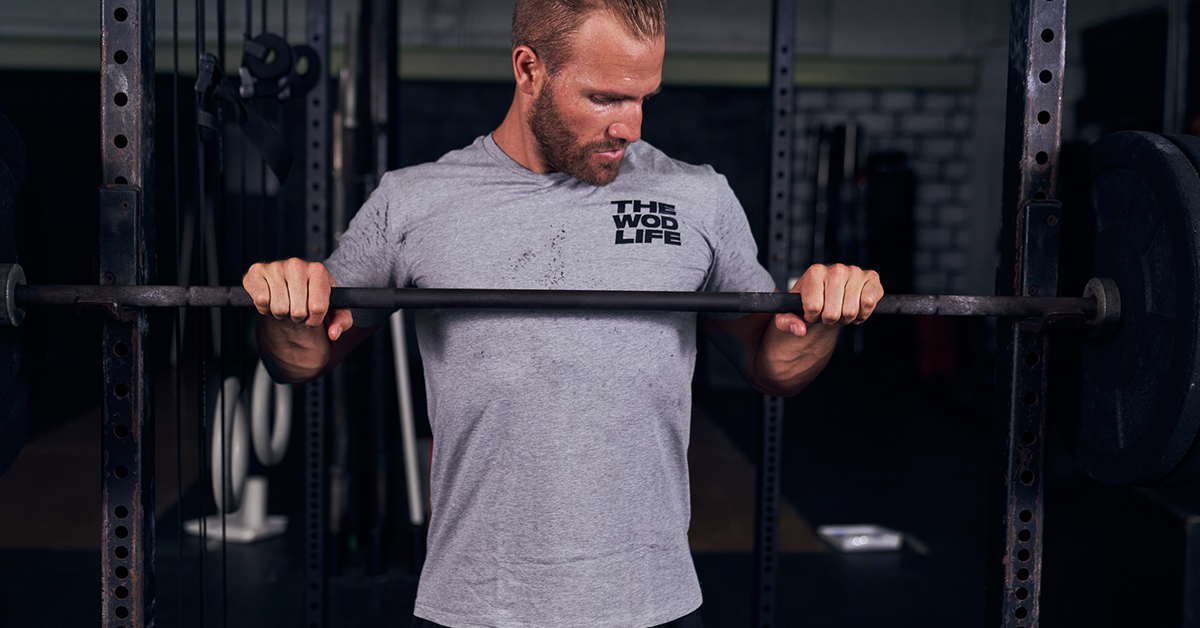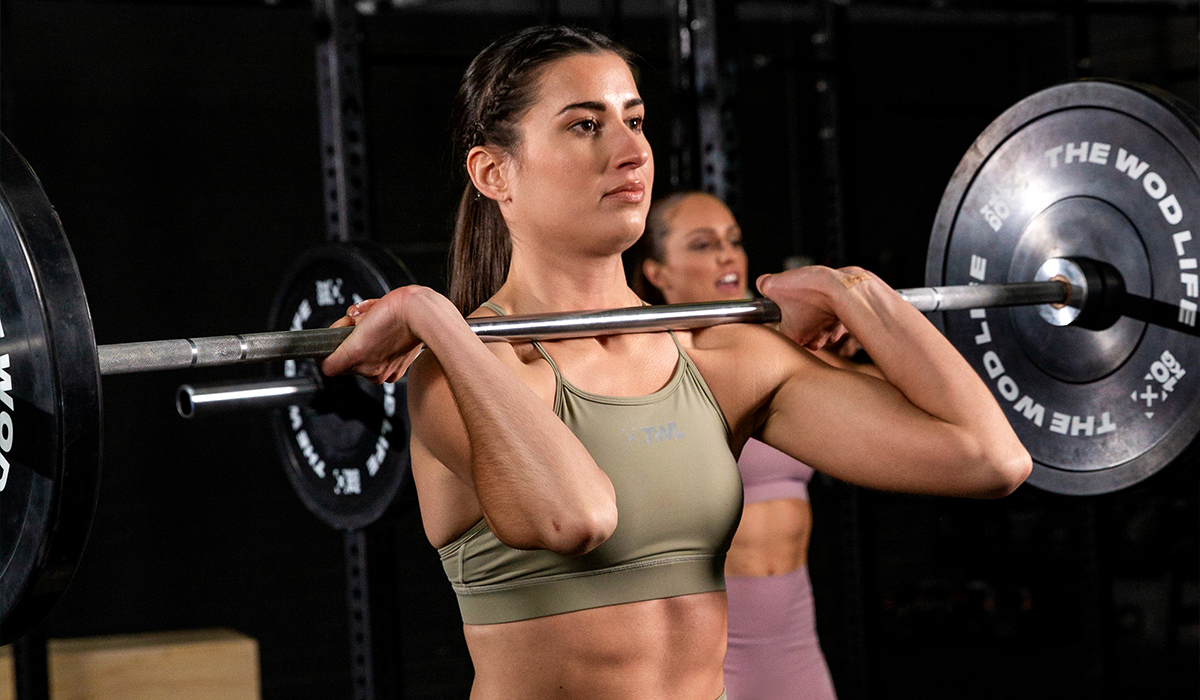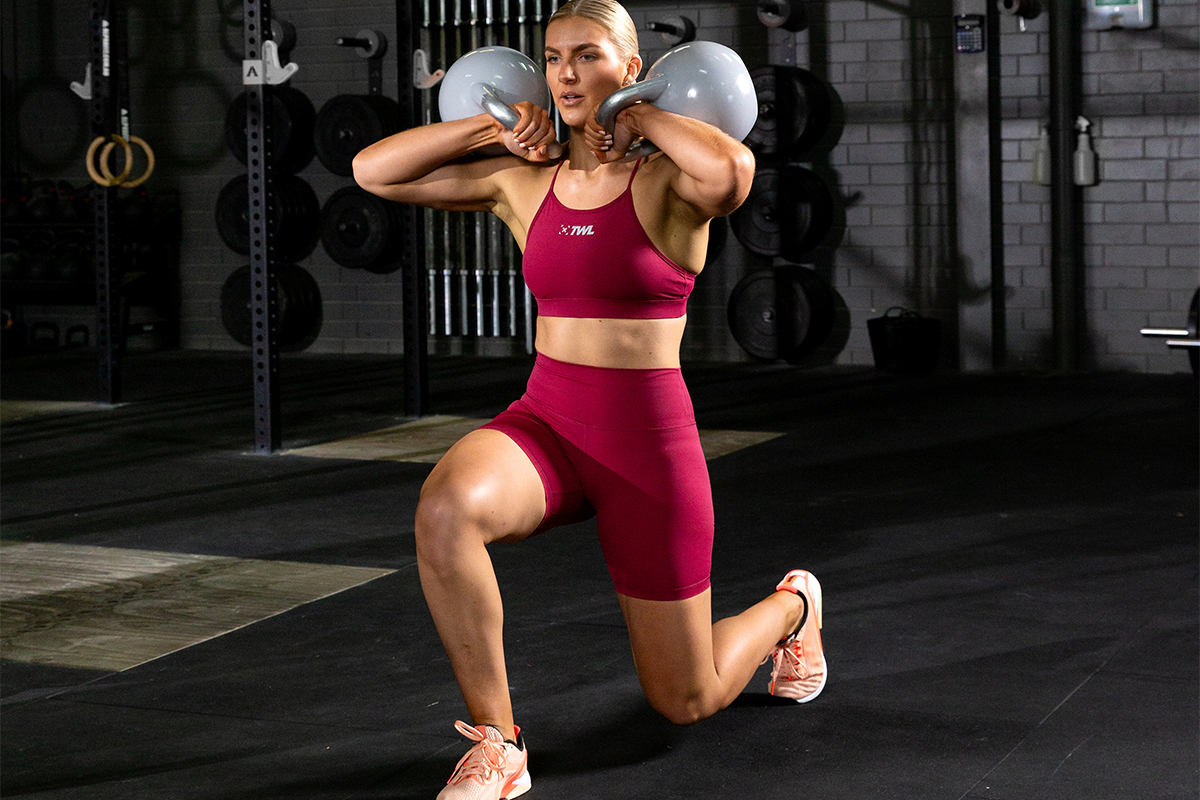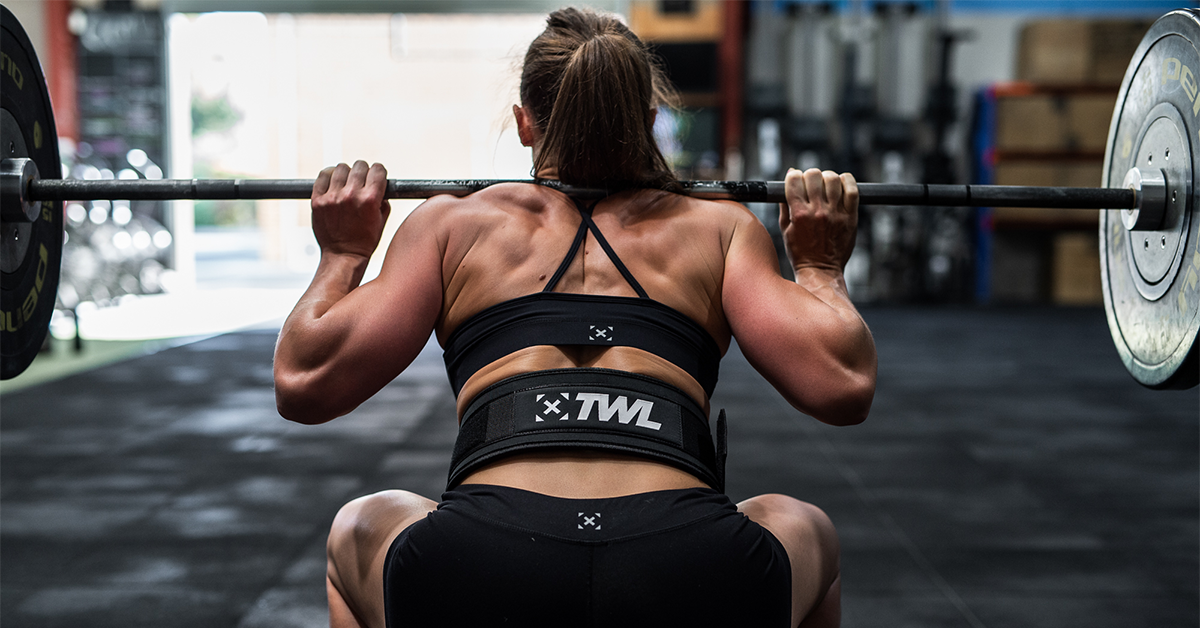Tempo work simply means doing the repetitions of whatever movement you choose at a defined tempo — err, pace (someone once told me I shouldn’t use the word I’m trying to define in the definition itself, my bad). For this piece, we’re going to dive headfirst into the benefits of tempo squats specifically, but most of these concepts can be applied to almost all tempo work in general, regardless of the movement.
(Psst! Not yet familiar with tempo squats? Here’s an example, before you read on: Imagine slowing down the negative of your squat for a count of five seconds, and then standing up at normal speed. That’s tempo squatting.)
View this post on Instagram
The Benefits of Tempo Squats
Create Better Body Awareness
Speaking from experience, tempo work has a tendency to shine a spotlight on any imbalances the full speed movement may be hiding from you. By slowing the movement down, it allows you to really feel the movement and positions your body is passing through. At full speed, unfortunately, sometimes these deficiencies or imbalances are hard to pick up — it’s almost like your brain skips over the problem area.
From a personal standpoint, I tweaked my back a few years ago that caused me to favor one leg while squatting — a problem I didn’t even know existed until I added some tempo work, slowed the movement down, and was able to feel my weight shift slightly to my right side through the sticking point. Slowing the movement down allows your brain to process the movement, analyze, and adjust, then apply all the things your coach has been yelling at you about for the past year.
Develop Better Movement Patterns
Kind of piggybacking off the last point, by slowing the movement down, it allows you to develop better movement patterns. Yes, speed is the name of the game when it comes to functional fitness, but just like everything, there’s a time and place for it. While learning, or simply refining, a movement, the ability to demonstrate movements at varying weights — from a PVC to a challenging load — as well as at varying speed shows true mastery and understanding of the movement.
Slowing an exercise down allows for better self-analysis during the movement itself which, if corrected and later turned into a habit, can lead to better patterns and habits overall.
Fire Up Smaller Muscles
Aside from simply being a great learning tool, from a physical standpoint, tempo squats require a ton of musculature not always used during normal squatting. Small stabilization muscles all start to fire toward the bottom of your squat — a portion of the movement a lot of people miss after taking advantage of their stretch reflex and bouncing out of the bottom.
Your core gets a pretty hefty workout as well, during tempo squats. Being able to stabilize your midline for that amount of time under tension is probably better for your core than any number of AbMat situps you could do in a day (don’t challenge me on that).
Control Loading And Time Under Tension
Another benefit of tempo squats is the ability to control loading with newer athletes while still making them work extremely hard. Newer athletes, or people who didn’t spend their high school days idolizing Arnold in the weight room, sometimes have a difficult time tapping into the neurological drive required to move heavy weight in something like a 1RM. The newer athlete may miss the intended stimulus altogether. Obviously, it’s not a 1-to-1 direct correlate, but due to the high time under tension required during tempo work, you can create some relative intensity between the two athletes.
Have your squats plateaued? We can help! Check out our squat program — gains are around the corner.

















